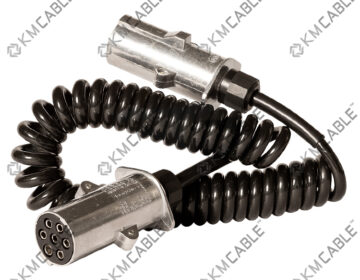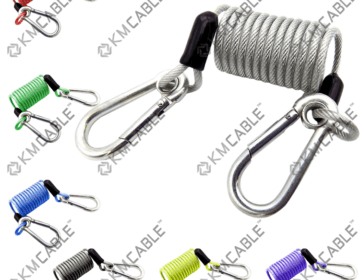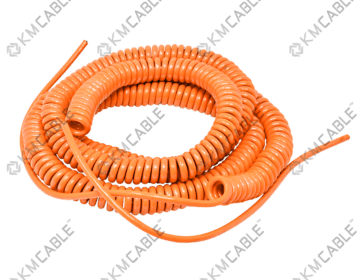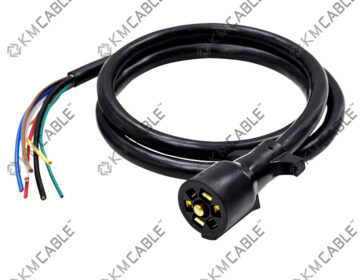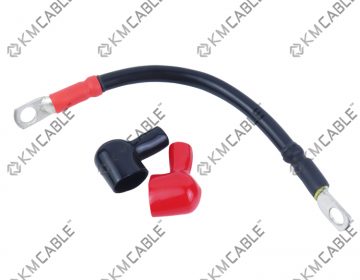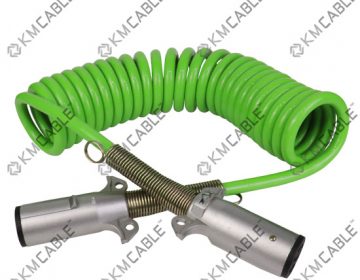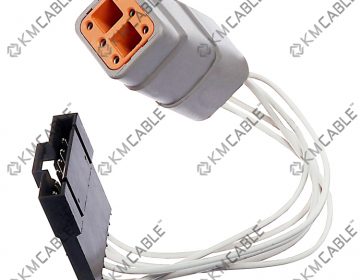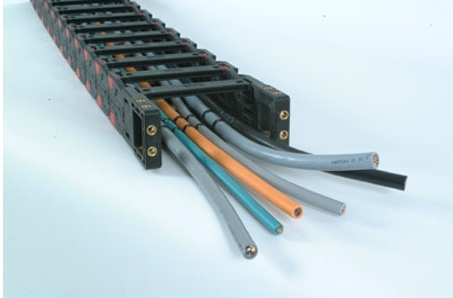
Cable management is a crucial aspect of maintaining a well-organized and efficient machinery setup, and one of the key components in this realm is the use of drag chain cables. These specialized cables play a pivotal role in ensuring smooth movement and protection of cables in dynamic applications. In this blog post, we will explore the best practices for mastering cable management using drag chain cables, offering valuable tips for installation and highlighting the numerous benefits they bring to machinery setups.
Benefits of Drag Chain Cables:
Before delving into the best practices, let’s first understand why drag chain cables are an integral part of cable management in machinery setups. Drag chain cables are designed to withstand the rigorous demands of applications where cables are subject to constant flexing and movement. Here are some key benefits of using drag chain cables:
- Flexibility and Durability: Drag chain cables are constructed with materials that provide excellent flexibility and durability. This allows them to withstand continuous bending and flexing without compromising their integrity, making them ideal for dynamic machinery setups.
- Protection Against Wear and Tear: The drag chain itself serves as a protective housing for the cables it contains. This shielding guards the cables against abrasion, impact, and exposure to external elements, significantly reducing wear and tear over time.
- Enhanced Safety: Proper cable management using drag chain cables enhances overall safety in machinery setups. By preventing cable damage, the risk of electrical failures, malfunctions, and workplace accidents is significantly reduced.
- Improved Reliability: Drag chain cables contribute to the overall reliability of machinery by ensuring that cables remain operational even in challenging conditions. This reliability is crucial for minimizing downtime and maximizing productivity.
Best Practices for Drag Chain Cable Management:
- Selecting the Right Cable: Choosing the appropriate drag chain cable for your application is the first step in effective cable management. Consider factors such as cable type, conductor size, and insulation material based on the specific requirements of your machinery setup.
- Proper Sizing and Installation: Ensure that the drag chain is appropriately sized to accommodate the cables it houses. Avoid overfilling the chain, as this can lead to increased friction and wear. Additionally, follow the manufacturer’s guidelines for correct installation to maintain optimal performance.
- Regular Inspection and Maintenance: Implement a routine inspection and maintenance schedule to identify any signs of wear, damage, or fatigue in the cables or drag chain. Timely intervention can prevent issues from escalating and extend the lifespan of both the cables and the drag chain.
- Route Planning: Plan the routing of the drag chain cables carefully to minimize sharp bends and twisting. A well-thought-out route reduces stress on the cables and ensures smooth operation during constant movement.
- Securing Cables Within the Chain: Use appropriate clamps, brackets, or separators within the drag chain to secure cables in place. This prevents tangling and interference between cables, maintaining a neat and organized cable layout.
Mastering cable management with drag chain cables is essential for ensuring the longevity, reliability, and safety of machinery setups. By following these best practices, you can optimize the performance of drag chain cables, minimize downtime, and enhance the overall efficiency of your dynamic applications. Invest time in selecting the right cables, sizing, and proper installation to create a robust cable management system that stands up to the demands of modern machinery.

